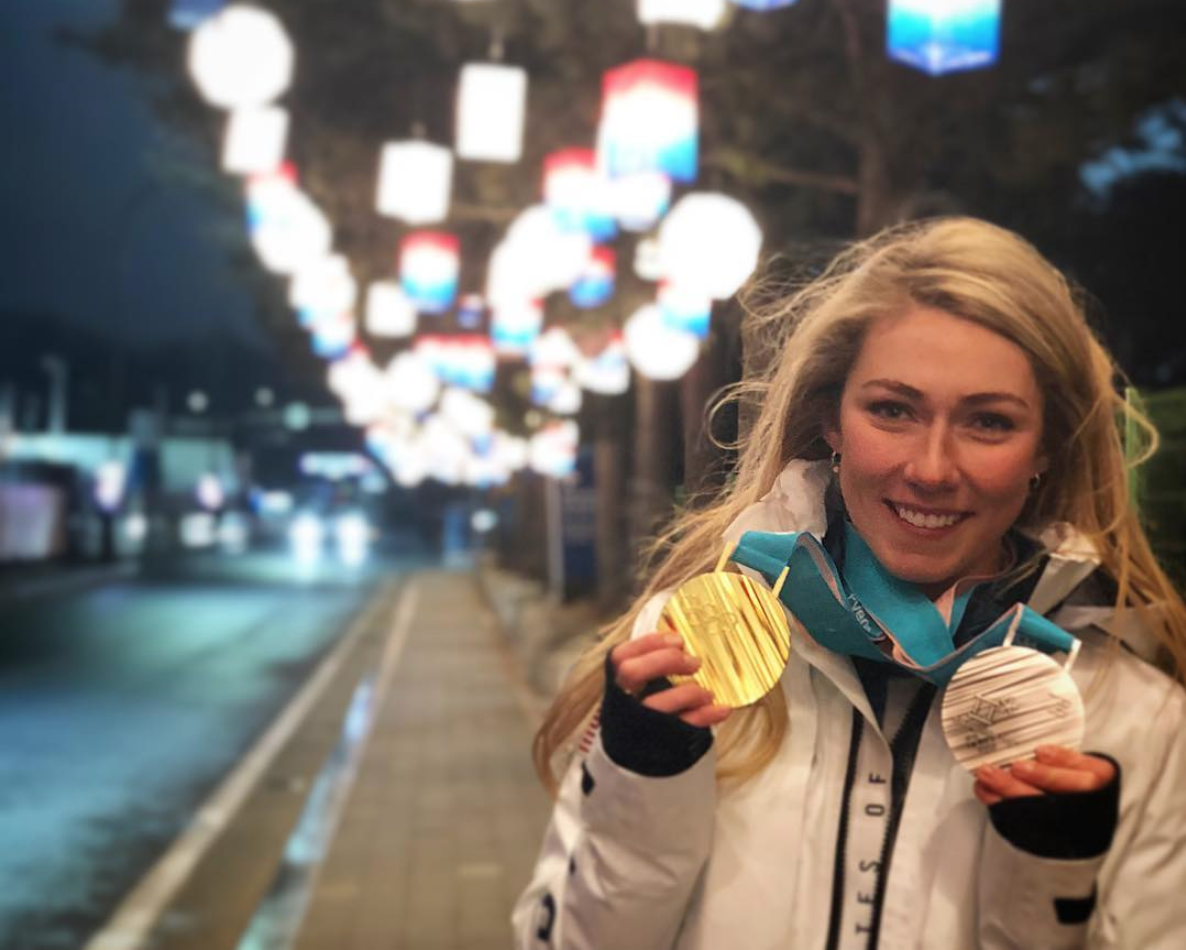American snowboarder Red Gerard may have been lauded for winning gold despite staying up late and sleeping through his alarm, but at the Olympic Winter games in PyeongChang, there are far more examples of athletes prioritizing well-being and focusing on mental health in addition to physical fitness.
Staggering talent aside, how do these men and women—humans just like you and me—avoid burnout and compete under such pressure? Here is a roundup of how some athletes at this year’s Olympics stay focused and not only perform, but thrive, throughout this high-intensity competition and the grueling training it requires.
They knit
That’s right, the Finnish Olympic athletes knit to stay calm at the Winter Olympics, and it’s an important part of their routine. In fact, “Finnish Olympians have been seen lugging their needles and yarn around Pyeongchang like they were Gatorade and Icy Hot patches,” according to Today. Twitter erupted after the team’s snowboarding coach, Antti Koskinen, was spotted knitting at the gate. Back in 2014, when his hobby was first noticed, Koskinen explained that he brought his knitting to the gate to “keep the mood light” and that the entire team was given knitting equipment, following a suggestion from the team psychologist.
They create a “culture of unity”
The Norwegian men’s Alpine team stands out for more than just their numerous medals, embracing “an altogether different approach to success,” according to The New York Times. The team follows five rules that don’t relate directly to skiing, but improve the way the athletes get along and the team’s overall emotional well-being. The athletes feel that the “culture of unity” created by these rules—which include everything from a “prohibition on jerks” to a team taco night—plays a large role in their athletic success. It even extends to their bedtime routines. “They get along so well and feel so strongly about collegiality that they even share beds sometimes,” according to The New York Times.
They focus on what matters most
For many, the Olympic opening ceremonies would be the event of a lifetime, but British skier Andrew Musgrave missed the Friday event in the name of well-being. He cited the freezing temperatures and said he “didn’t think it’s the best prep for my race on Sunday,” The Telegraph reported. A spokeswoman for the British team explained that athletes often do not attend the ceremonies if they are competing in the days following. “They use this time to rest and prepare as best they can,” she told The Telegraph. “It’s very common and happens in the summer Olympics as well as the Winter Olympics, hot or cold.”
They think about waterfalls
In a series of videos by The New York Times exploring how Olympic athletes calm their nerves, American doubles luge star Matt Mortensen says that if he’s feeling nervous, he thinks about a waterfall to focus. “It’s always constant, it’s always moving,” he said. “It’s always going to do its thing, no matter what. Nothing’s really going to interrupt it.” His partner, Jayson Terdiman, takes a deep breath, and draws inspiration from the song “Crunch Time” by J. Cole.
They prioritize sleep and support systems
Olympic gold medalist Mikaela Shiffrin’s near-superhuman daily routine includes a heavy focus on sleep. In fact, the skier is known for her sleep schedule. In addition to logging an average of nine hours per night, she “is famous for her naps—she requires an hour a day, and has been known to snooze in the snow in the starting area of a race,” The New Yorker notes. Shiffrin also surrounds herself with a strong support system. When she started to feel unusually nervous before races, she spoke to a sports psychologist via Skype. She constantly travels with her mother, but close friendship is also important. The skier’s longtime friend, Bug Pech, says, “She’s travelling with three or four middle-aged men, her mom, and her physio… It can get lonely. When she needs to vent or is frustrated, I get the call.”
They meditate
Snowboarder and Olympic gold medalist Jamie Anderson concentrates on “overall well-being” for athletic success. This means staying mentally healthy in addition to pursuing physical fitness. Anderson believes in the power of positive energy and meditates frequently. “I’ve been working on this for many years,” she told TeamUSA.org. “The more I take care and practice, the better I feel overall.” Anderson “has a meditation ritual before a big run that helps clear her mind. As part of it, she’ll sometimes hug a tree or do yoga poses.”
They develop emotional strength (and meditate some more)
Unfortunately, some “mental toughness” may only come with age. Canadian curler Cheryl Bernard, the oldest athlete at this year’s Winter Olympics, says that “she’s been through enough that it takes a lot to really rattle her,” according to Bloomberg, though she also meditates to “quiet her mind.” American skier Lindsey Vonn, 33, agrees that this emotional strength is often developed with age, saying, “It took me until my third Olympics to really figure out how to deal with the pressure.”
And of course, they never give up
When figure skater Mirai Nagasu was not selected by the United States team for the 2014 Sochi Games, she was devastated. Instead of giving up, she sought what she felt she was missing, going to train with coach Tom Zakrajsek. Zakrajsek had worked with former Olympian Rachael Flatt, one of Nagasu’s old competitors. As The New York Times reported, Flatt’s consistency was something Nagasu needed, so she moved to Colorado to train with the coach who could help her conquer her weaknesses. She left home for the first time, learned cook, and stepped away from her comfort zone in many other ways. And now, “At an age when most other female skaters have long been spit out of the sport because of burnout, injury, or lack of success, she not only has hung in there but has risen to another level with her jumps.”


